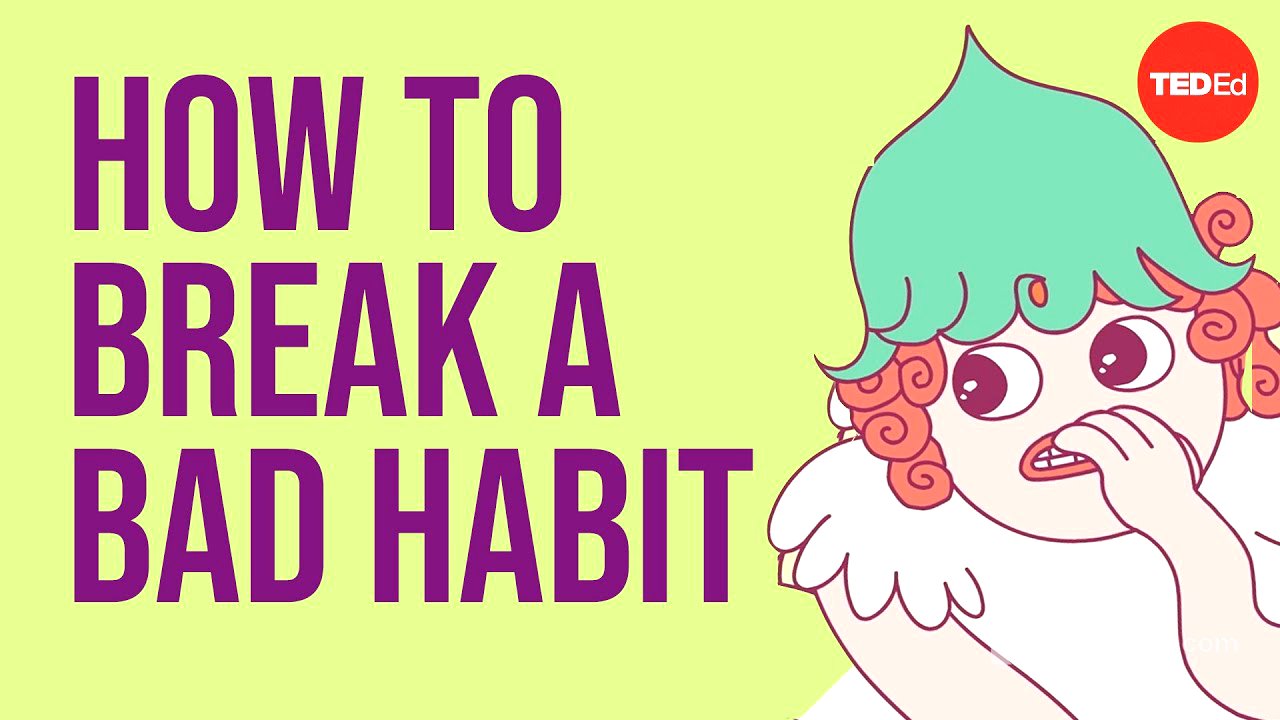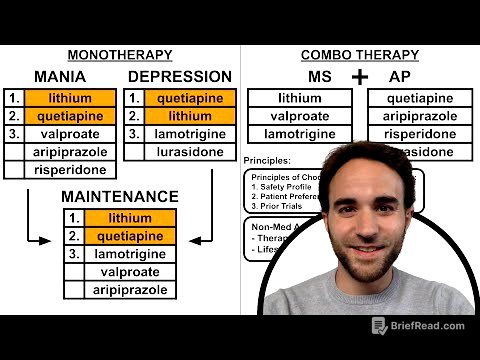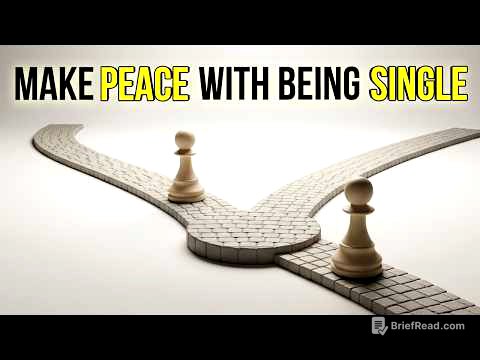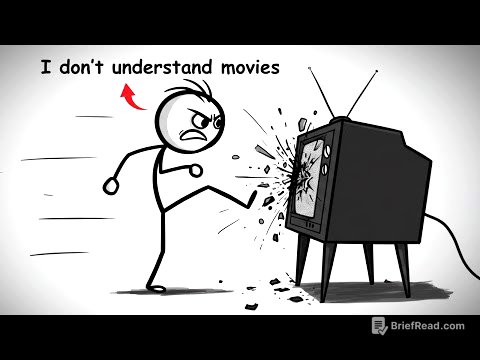TLDR;
The video explains how habits form in the brain through cue-behavior-reward loops and the role of dopamine. It highlights that habits, while sometimes undesirable, are efficient for daily routines. The video suggests strategies for breaking bad habits, such as modifying environments, using habit reversal training to replace negative habits with less harmful ones, and building new habits during significant life changes.
- Habits are behaviors performed regularly and subconsciously in response to cues.
- Dopamine reinforces habits by creating connections between the behavior, reward, and environment.
- Breaking habits involves modifying environments, using habit reversal training, and having patience.
Introduction to Habits [0:07]
Many people struggle with habits they want to break, such as nail-biting. People try various methods to stop these habits. Scientists define habits as behaviors performed regularly and subconsciously in response to specific environments, times, or emotional states. These can range from simple actions like picking hair when stressed to complex routines like morning coffee rituals.
The Science Behind Habit Formation [0:33]
Habits form because the brain learns that a behavior is beneficial. For example, nail-biting after a stressful email can provide a sense of focus and reduce anxiety. Positive experiences trigger the release of dopamine, a neurotransmitter that mediates pleasure and drives neuroplasticity, changing how neurons connect. The brain builds connections linking the reward with the behavior, prompting repetition and associating the behavior with environmental cues.
The Role of Habits in Daily Life [1:57]
Once established, cue-behavior-reward loops work quickly, outpacing decision-making. Habits are stored memories of past successes, enabling swift action in the present. Studies show people spend over 40% of their days performing repeated behaviors while their minds are occupied. Automated routines save time and mental energy.
Strategies for Breaking Habits [2:39]
Intentions alone often fail to break habits. Understanding the basis of habits allows for better change strategies. Habits are often cued by environments and routines, such as scrolling through a phone in bed or snacking while watching TV. Modifying these environments by changing routines or creating obstacles can help manage behavior. Significant life changes like moving or starting a new job are ideal times to break or build habits. A 2005 study showed that students' habits changed significantly when they moved to new schools and were no longer around old environments and routines.
Habit Reversal Training and Conclusion [3:52]
For behaviors like nail-biting, habit reversal training can be helpful. Developed in the 1970s, this involves replacing a habit with a less detrimental one. It requires analyzing habit cues to intervene effectively. For example, keeping a fidget toy at work can help when feeling the urge to bite nails due to a stressful email. Breaking a habit takes time, so patience is essential. It’s also important to celebrate the good habits that help us navigate daily routines successfully.









